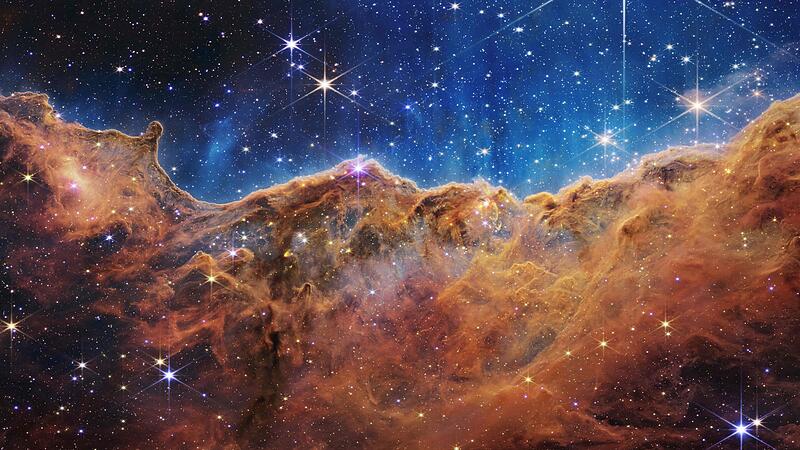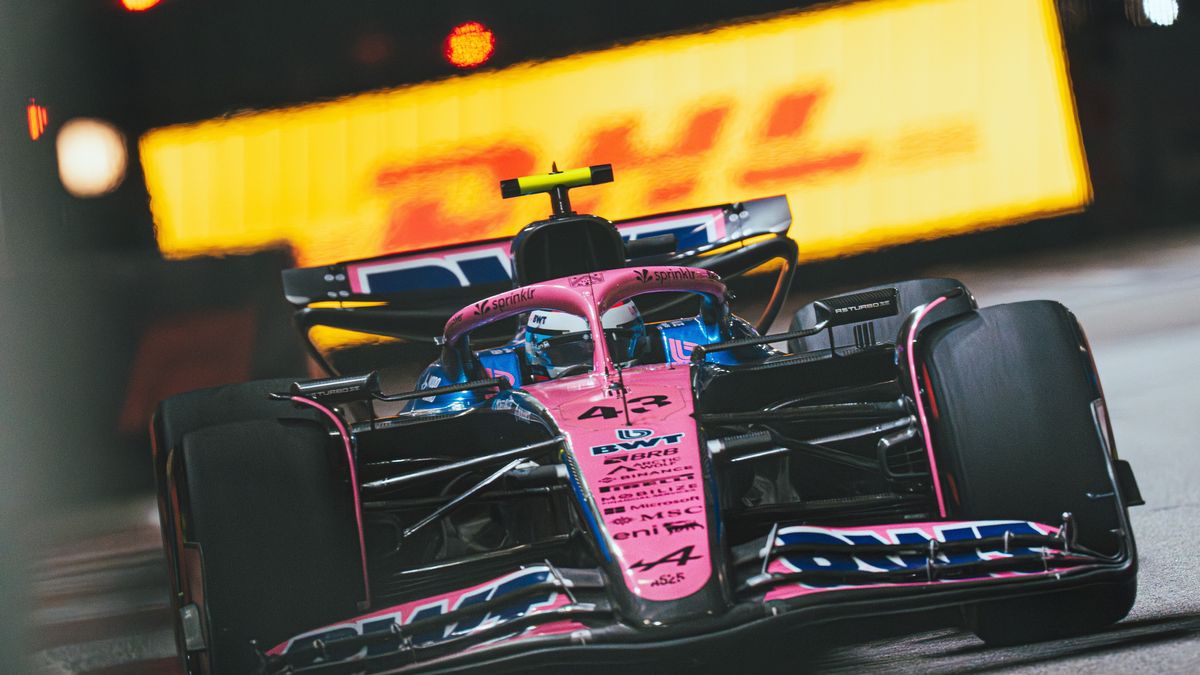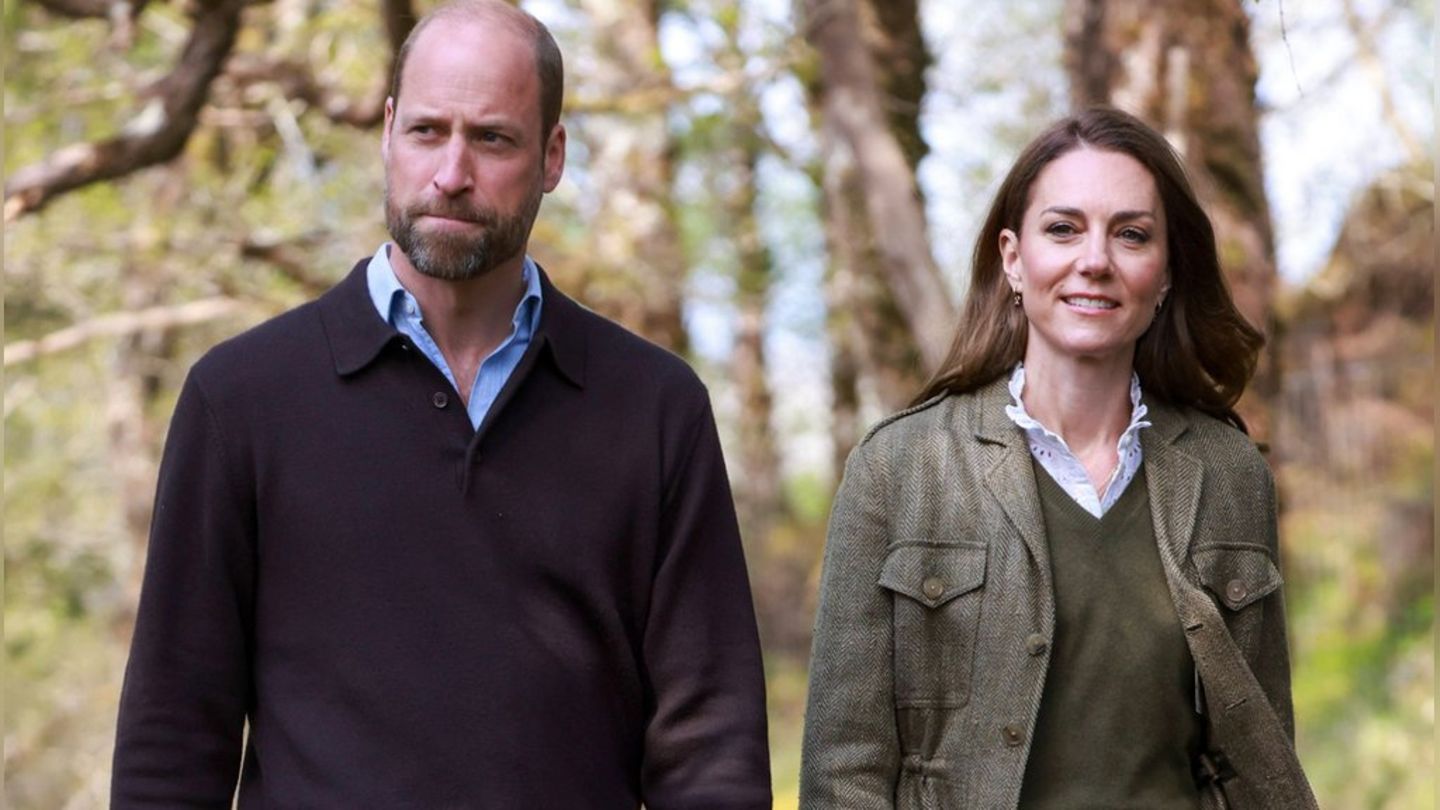View picture gallery
The engineers of the US space agency NASA and the European and Canadian counterparts, ESA and CSA, were overjoyed yesterday. Because the first images from the James Webb Space Telescope proved to the public that everything had worked down to the smallest detail in the highly complicated $10 billion undertaking.
In a deep-field image, the infrared telescope looked 13.1 billion years into the past with unprecedented precision. “This image covers an area of sky the size of a grain of sand held at arm’s length,” translated NASA Administrator Bill Nelson.
Also presented yesterday was an analysis of the exo-planet WASP 96 b, a Jupiter-sized gas planet. Oxygen was detected in its atmosphere. High-resolution images of a dying star, a galaxy collision and the Carina Nebula impressively demonstrated the potential of the instrument.
The OÖN asked the Viennese astronomer Ruth Grützbaum for an initial assessment.
OÖ Nachrichten: What is the fascination of deep field recordings?
These are just test images at first, and they immediately became the best we have. So this is just a taste of what’s to come.
Almost just a snapshot compared to what the Hubble telescope only managed to a limited extent and with an exposure time of two weeks …
Absolutely. Its extreme deep field image was ten years ago, the thing held onto the same piece of sky for two weeks, and the much more precise image from the Webb telescope was created in just twelve hours.
The first image from the Webb telescope takes us back 13.1 billion years. The Big Bang was 14 billion (light) years ago. How far back can you actually look?
It’s not like it’s the same image, just a higher resolution. We see other colors, infrared colors, that we couldn’t see with the Hubble optical telescope. This allows us to see out into the early universe at all. We cannot see the shift of light into the infrared with our eyes. The Hubble had an infrared camera, but it didn’t go that far into the infrared, nor could it see the deep redshifted light.
The redder, the older these galaxies are, right?
Yes, older or younger, depending on your point of view. This looking back into the universe is a kind of core sample of the universe. As we look further and further back, we see the youngest galaxies as if we were looking at baby photos of ourselves today.
The recording of Stephan’s Quintet has just been presented. On it galaxies collide. That’s your specialty. How do you like the picture?
Wow Super! With the Webb telescope we will not only see the birth of galaxies and probably the first generation of stars, but we can also observe nearby galaxies like Stephan’s Quintet. There we see dust that begins to glow, we see what’s going on as the galaxies merge in incredible detail. That’s cool!
Source: Nachrichten




